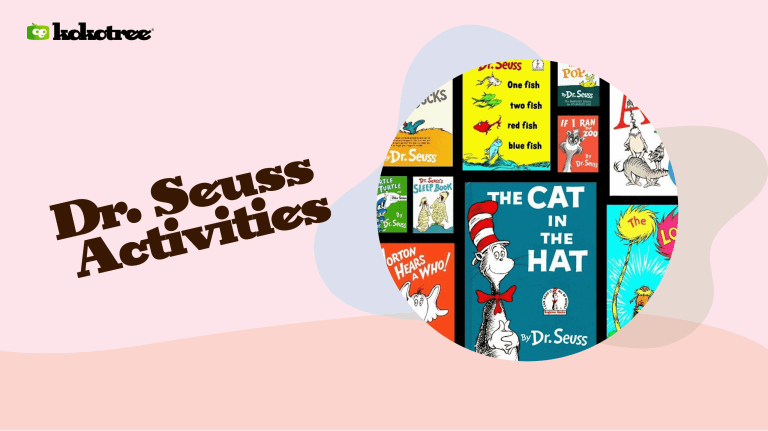

Written by: Kokotree
Last updated:

Dr. Seuss’s books are a beloved and enduring part of children’s literature, filled with wacky characters, imaginative storylines, and playful rhymes that have captured the hearts and minds of young readers for generations.
Oh, the places you’ll go with Dr. Seuss! The things you’ll see and the things you’ll do! The fun you’ll have and the learning, too!
With their colorful illustrations, catchy phrases, and enduring themes of friendship, diversity, and imagination, Dr. Seuss’s books are perfect for introducing young children to the joys of reading.
But beyond simply reading the books, there are countless ways to bring the magic of Dr. Seuss to life in the preschool classroom through various engaging and educational activities.
This blog post will explore some of the best Dr. Seuss activities for preschoolers, covering various subject areas and skills and offering something for every child to enjoy. So grab your favorite Dr. Seuss book, and let’s get started!
“The more that you read, the more things you will know. The more that you learn, the more places you’ll go.” – Dr. Seuss
Reading is crucial for a child’s success in school and beyond. Dr. Seuss’s books are perfect for young children, with their rhyming text, colorful illustrations, and memorable characters.
Here are a few suggestions for Dr. Seuss books that are especially well-suited for preschoolers:

This classic story of mischief and mayhem is perfect for beginning readers and is sure to delight young children with its catchy rhymes and colorful illustrations.

With its simple text and repetitive structure, “Green Eggs and Ham” is a great choice for young children who are learning to read.

This whimsical book about colors, numbers, and animals is a favorite among young children and is perfect for encouraging early math and vocabulary skills.
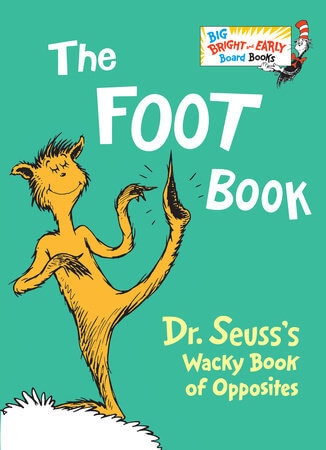
With its playful rhymes and colorful illustrations, “The Foot Book” is a great choice for helping young children learn about body parts and opposites.

This fun and interactive book is perfect for encouraging young children to make animal sounds and learn about different sounds in the world around them.
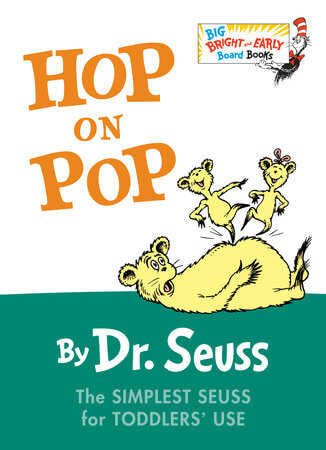
This classic book about rhyming words is a great choice for helping young children develop early phonemic awareness skills.
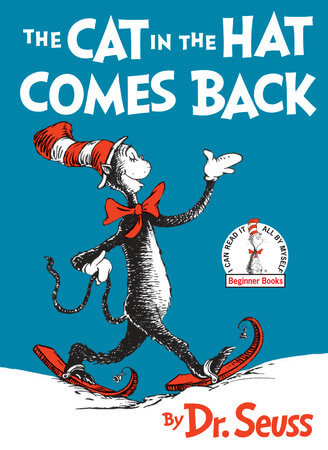
This sequel to “The Cat in the Hat” continues the mischievous adventures of the mischievous feline and is sure to delight young readers with its playful rhymes and colorful illustrations.
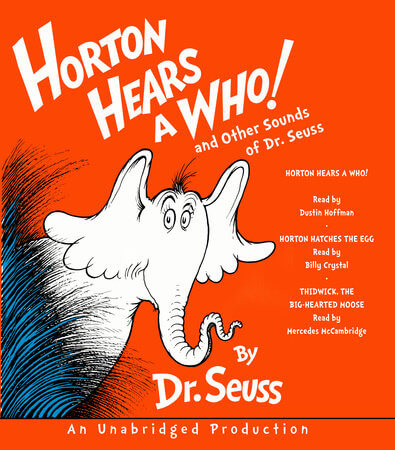
This heartwarming story about a kind-hearted elephant who helps save a tiny world is a great choice for teaching young children about kindness, friendship, and the importance of helping others.
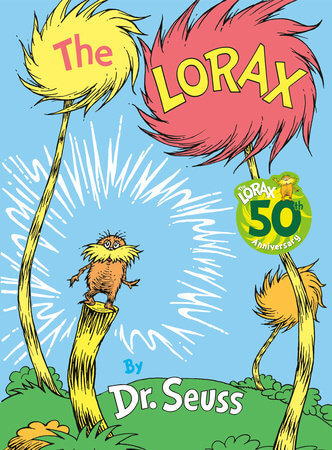
This classic tale about the importance of protecting the environment is a great choice for teaching young children about environmental responsibility and the importance of taking care of the earth.
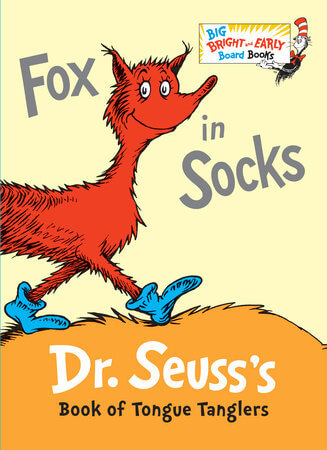
This book of tongue-twisting rhymes and playful illustrations is a great choice for encouraging young children to have fun with language and develop their phonemic awareness skills.
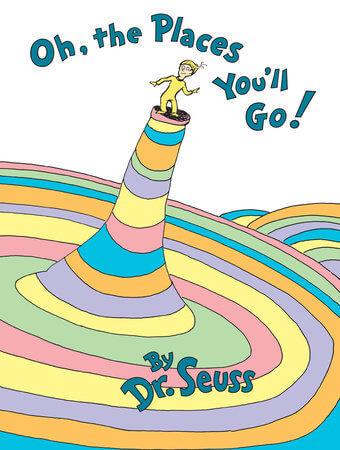
This uplifting and inspiring book about the adventures and opportunities that await us in life is a great choice for encouraging young children to dream big and believe in themselves.
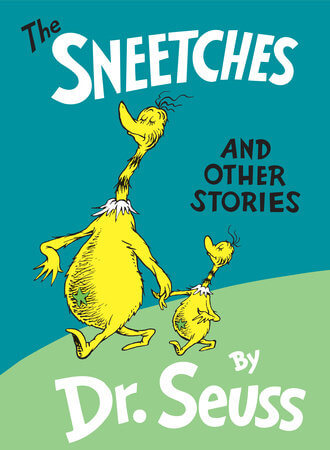
This funny and thought-provoking story about friendship and acceptance is a great choice for teaching young children about diversity and inclusion.
To engage young children in discussions about the stories and characters in the books, try asking open-ended questions that encourage them to think and share their thoughts and feelings. You could also engage them in activities such as role-playing or pretending to be one of the characters in the book.
“Sometimes the questions are complicated, and the answers are simple.” – Dr. Seuss.
For ages 2-6. They watch and play for 20 minutes. You get a break.
⭐ 5,000+ parents get daily breaks with Kokotree.
Try it Free →Works in 30 seconds • No credit card • Cancel anytime
Here are a few ideas for Dr. Seuss-themed crafts that your preschoolers will love:

Get free parenting tips, news, updates, and content from Kokotree.
Here are a few ideas for fun and engaging Dr. Seuss-themed games:
Here are a few creative and tasty Dr. Seuss-themed snack ideas:
Rhyming is an essential early literacy skill that helps children understand how words are put together and how they sound. Dr. Seuss’s books are full of rhymes, making them a perfect choice for promoting language development in young children. Here are a few ideas for using Dr. Seuss’s books to help young children develop their language skills:
Dr. Seuss’s books are full of scientific concepts that can be explored through hands-on activities and experiments. Here are a few ideas for science experiments that are inspired by Dr. Seuss’s books:
Dr. Seuss’s books are full of imaginative and adventurous characters that can inspire all kinds of fun outdoor activities. Here are a few ideas for outdoor activities that are inspired by Dr. Seuss’s books:
Dr. Seuss’s books contain catchy rhythms and rhyme patterns that lend themselves well to music and movement activities. Here are a few ideas for using music and movement to bring Dr. Seuss’s books to life:
Dr. Seuss’s books contain colorful and memorable characters that play well in drama and role-play activities. Here are a few ideas for using drama and role-play to explore the characters and themes of Dr. Seuss’s books:
Dr. Seuss’s books are full of mathematical concepts that can be explored through hands-on activities and games. Here are a few ideas for math activities that are inspired by Dr. Seuss’s books:
Dr. Seuss’s books are full of rich and imaginative language that can inspire young children to write. Here are a few ideas for writing activities that are inspired by Dr. Seuss’s books:
Dr. Seuss’s books often address diversity, acceptance, and inclusion themes, making them a great starting point for exploring different cultures and traditions. Here are a few ideas for using Dr. Seuss’s books to introduce young children to other cultures:
Art activities can be a great way to bring Dr. Seuss’s books to life and allow children to express their creativity and imagination. Here are a few ideas for art activities inspired by Dr. Seuss’s books:
Sensory play activities can be a great way to engage children’s senses and provide opportunities for exploration and discovery. Here are a few ideas for sensory play activities inspired by Dr. Seuss’s books:
Field trips can be a great way to bring Dr. Seuss’s books to life and provide hands-on learning and exploration opportunities. Here are a few ideas for field trips inspired by Dr. Seuss’s books:
Parent involvement is an essential aspect of early childhood education and can help strengthen the bond between the child and the parent and promote learning and development. Here are a few ideas for involving parents in Dr. Seuss activities in the preschool:
Differentiated instruction is a teaching approach that tailors instruction to meet individual learners’ needs. This may include adapting activities and materials to meet the children’s different learning styles, abilities, and interests in the preschool setting. Here are a few tips for differentiating Dr. Seuss activities in the preschool:
Effective classroom management is essential for creating a positive and productive learning environment in the preschool setting. Here are a few strategies for managing a Dr. Seuss-themed lesson or activity:
Assessment is an integral part of the teaching and learning process and can help you understand how well the children learn and engage with the material. Here are a few ways to assess the children’s learning and engagement during Dr. Seuss activities:
Extension activities are designed to build on and extend the learning that has taken place during the main action or lesson. They can help to deepen the children’s understanding and provide opportunities for further exploration and creativity. Here are a few ideas for extension activities that build on the Dr. Seuss theme:
If you’re looking for a way to add some zany, wacky, and delightful fun to your preschool classroom, look no further than the magical world of Dr. Seuss!
From reading and discussion to drama and role-play, math activities to writing, and multicultural connections to art and sensory play, there are countless creative and engaging ways to bring the whimsical stories of Dr. Seuss to life.
And with field trips, parent involvement, differentiated instruction, classroom management, assessment, and extension activities all in the mix, there’s no end to the learning and exploration that can take place.
So why wait? Start your journey through the fantastical world of Dr. Seuss today!



